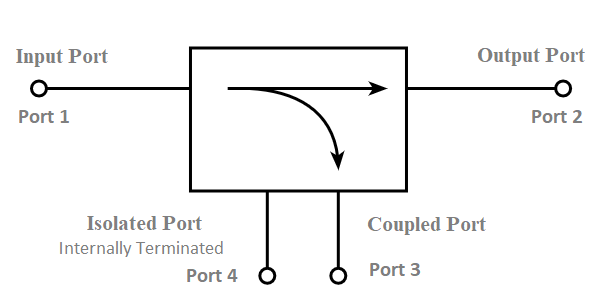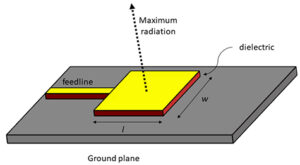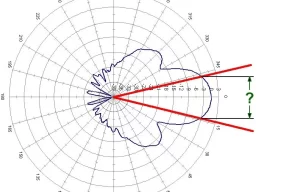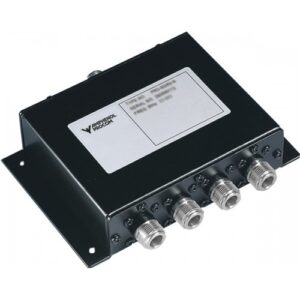A 3-port coupler offers better isolation, up to 30 dB, and reduced complexity, leading to lower manufacturing costs and simpler integration.
Table of Contents
Comparing 3-Port and 4-Port Couplers
Physical Differences
3-port couplers, often referred to as directional couplers, and 4-port couplers, also known as hybrid couplers, distinguish themselves primarily through their configuration and the way they manage signal flow. A 3-port coupler effectively redirects the input signal to two output ports with high efficiency, ensuring minimal loss. One port is isolated to prevent backflow of the signal, which enhances the device’s performance in sensitive applications. On the other hand, 4-port couplers evenly split the input signal into two outputs while maintaining a specific phase difference between them, often 90 or 180 degrees.
When discussing dimensions, 3-port couplers are generally more compact, making them a suitable choice for applications where space is at a premium. They might measure around 2 x 2 x 0.5 inches for certain models, compared to 4-port couplers that can be 20-30% larger due to the additional port and the complexity of their design.
Operating Principles
The operating principle of 3-port couplers centers around unidirectional signal distribution. This means that they are capable of directing the input signal to two separate outputs without allowing the signal to travel back to the source. This feature is crucial for applications that require high isolation between the input and output ports to prevent signal interference, offering isolation levels up to 30 dB.
4-port couplers operate on a principle that involves maintaining phase consistency between the split signals. This is particularly important in applications that require phase-sensitive signal processing, such as in radar systems or antenna beamforming. By ensuring a phase difference of 90 degrees between outputs, 4-port couplers can support complex signal manipulation tasks with high precision.
Both coupler types use materials optimized for minimal insertion loss and maximum signal integrity. High-quality dielectrics and conductors ensure that 3-port couplers maintain an insertion loss of less than 0.5 dB at frequencies up to 18 GHz, while 4-port couplers might exhibit slightly higher insertion losses due to their more complex internal structure.
In terms of cost, 3-port couplers tend to be more economical due to their simpler design and smaller size. They might cost approximately $50-$100 for standard models, whereas 4-port couplers, given their additional port and enhanced functionality, can range from $100-$200.

Advantages of 3-Port Couplers
Improved Isolation
3-port couplers provide superior isolation between the input and isolated ports, a critical parameter in many RF and microwave applications. Isolation measures the degree to which signal transmission between ports is minimized. In a typical 3-port coupler, isolation can reach up to 30 dB. This means the unwanted signal leakage from one port to another is reduced by a factor of 1000 in power, significantly enhancing the performance of communication systems by reducing interference.
One of the key advantages of using 3-port couplers in RF systems is their ability to minimize cross-talk between components, which is paramount in maintaining signal integrity. This is particularly important in systems where multiple signals are transmitted over a single medium, as it ensures that each signal remains pure and unaltered by others.
Efficiency in Signal Distribution
3-port couplers are designed to maximize the efficiency of signal distribution. They typically exhibit less than 0.5 dB of insertion loss, meaning over 90% of the input power is successfully transferred to the output ports. This high level of efficiency is crucial for systems where power conservation is essential, such as battery-operated devices or space-limited applications.
The design of 3-port couplers inherently supports uniform power splitting, which is advantageous in applications requiring equal power distribution to multiple pathways. For instance, in antenna feeding networks, this ensures that each antenna element receives an equal portion of the power, leading to uniform signal coverage.
Simplified Network Design
The simplicity of 3-port couplers leads to more streamlined network designs. By eliminating one port, the complexity and size of the coupler are reduced, which can be beneficial in systems where space is at a premium. The reduced complexity also lowers the cost of manufacturing and potentially increases the reliability of the system due to fewer components being involved.
The straightforward nature of 3-port couplers allows for easier integration into existing systems, making them a versatile choice for both new designs and system upgrades. This simplification can lead to reduced overall system costs, as it minimizes the need for additional compensating components or complex circuitry that might otherwise be necessary to achieve the desired performance in more complex systems.
Applications Favoring 3-Port Couplers
Telecommunications
In the realm of telecommunications, 3-port couplers excel by ensuring high-quality signal transmission between devices. They are particularly beneficial in cellular base stations where signal integrity is paramount. These couplers facilitate efficient power distribution to antenna arrays, ensuring uniform coverage and minimizing signal loss. The reduction of signal loss is critical in telecommunications infrastructure, as even a minor loss can significantly affect the quality of service, particularly in high-traffic areas.
The ability of 3-port couplers to isolate different signal paths also plays a crucial role in preventing interference between incoming and outgoing signals. This is essential in duplex communication systems, where the ability to simultaneously send and receive signals on the same antenna without interference is a key performance indicator.
Radio Frequency Systems
In radio frequency (RF) systems, 3-port couplers are indispensable for their efficiency in signal routing and distribution. They are commonly used in RF signal processing to direct signals to different parts of a system without significant loss of power. This is vital in applications such as radar systems, where maintaining the integrity and strength of the signal is crucial for accurate detection and measurement.
The simplified design of 3-port couplers contributes to more compact and cost-effective RF systems. By reducing the number of connections and components needed, these couplers help in achieving lighter and more efficient designs, which is especially important in portable and aerospace applications where every gram counts.
Instrumentation and Testing
Instrumentation and testing applications benefit from the precise control over signal paths provided by 3-port couplers. They are used in test setups to ensure that signals are accurately directed between the source, test instrument, and the device under test. This precise control is crucial for accurate measurements and high-quality testing outcomes.
The high isolation and low insertion loss characteristics of 3-port couplers ensure that measurement accuracy is not compromised, which is paramount in research and development as well as in manufacturing quality control. Their efficiency in signal distribution makes them ideal for setups requiring the simultaneous monitoring of multiple parameters, where signal integrity cannot be compromised.







